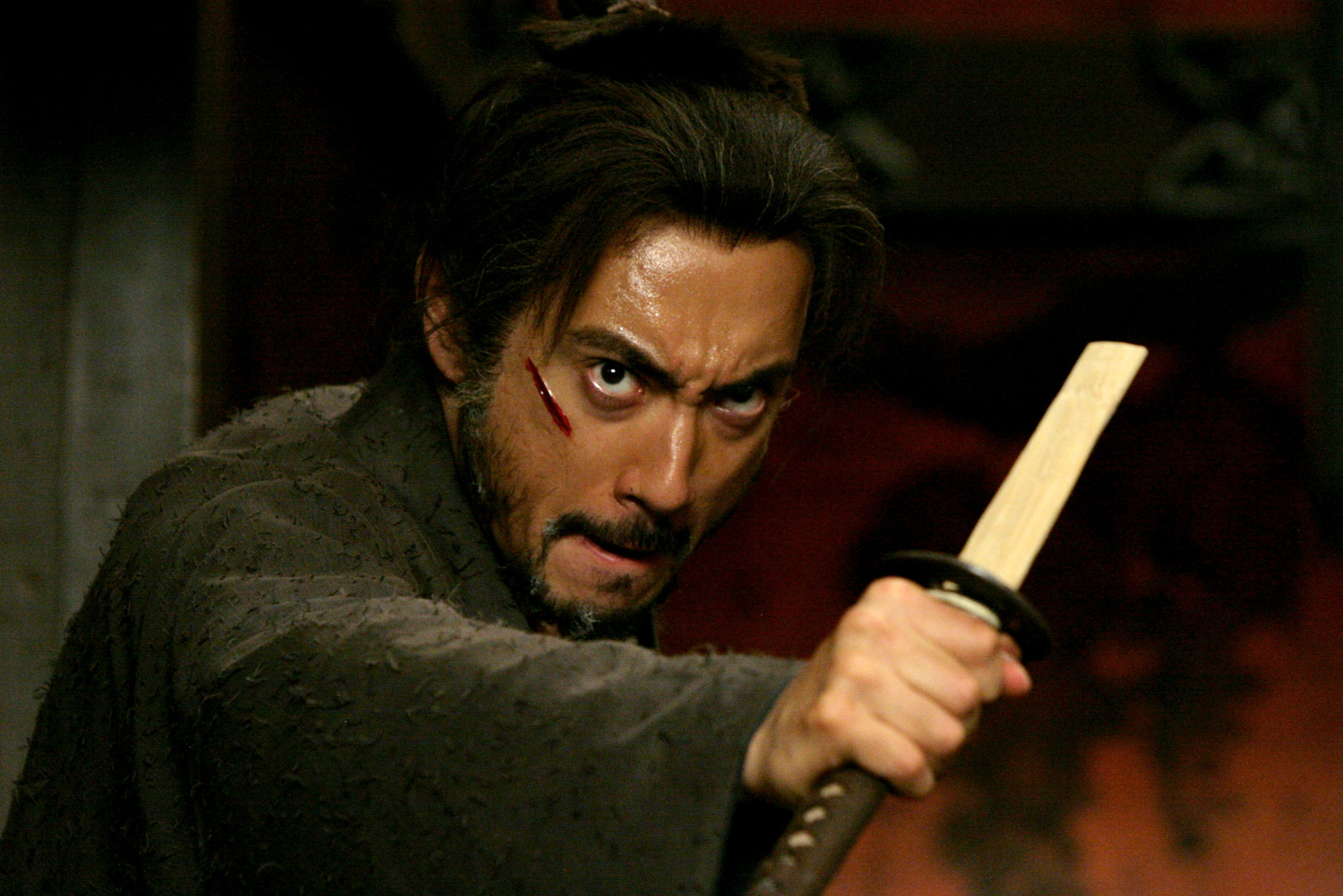Given that it is a modern day, colored film remake of a classic, Hara-Kiri: Death of a Samurai was always going to be compared to the 1962 film, especially since it’s considered one of the greatest Japanese films of all time. Admittedly, there’s not a lot added aside from the 3D filming, and for fans of director Takashi Miike, the remake is much more restrained than his other films. However, Nobuyasu Kita's cinematography is striking, Ryuichi Sakamoto’s score is impeccable, and the performances still deliver on the film’s contemplation of honor, sacrifice, and the self-interest of the elite. Hara-Kiri: Death of a Samurai doesn’t compare to the classic, but it’s nonetheless a decent introduction for the generations that missed the original story.
Synopsis
A tale of revenge, honor and disgrace, centering on a poverty-stricken samurai who discovers the fate of his ronin son-in-law, setting in motion a tense showdown of vengeance against the house of a feudal lord.
Storyline
Japan, 1635. After his clan lost its status and wealth, poverty-stricken samurai Hanshiro Tsugumo requested permission for an honorable end: to commit seppuku in the courtyard of prominent feudal lord Iyi Naotaka. Thinking this is a bluff to get money, senior retainer Kageyu Saitō tries to dissuade him, recounting a similar plea from a samurai months ago.
TLDR
It’s tough to compare to a classic, but this was not bad.
What stands out
Say what you will about the futility of adapting a classic, but the performances are great.













